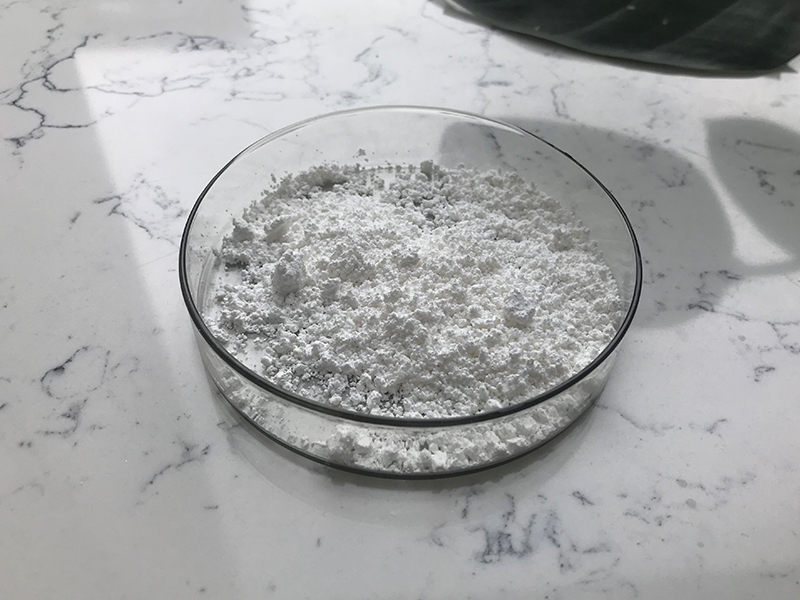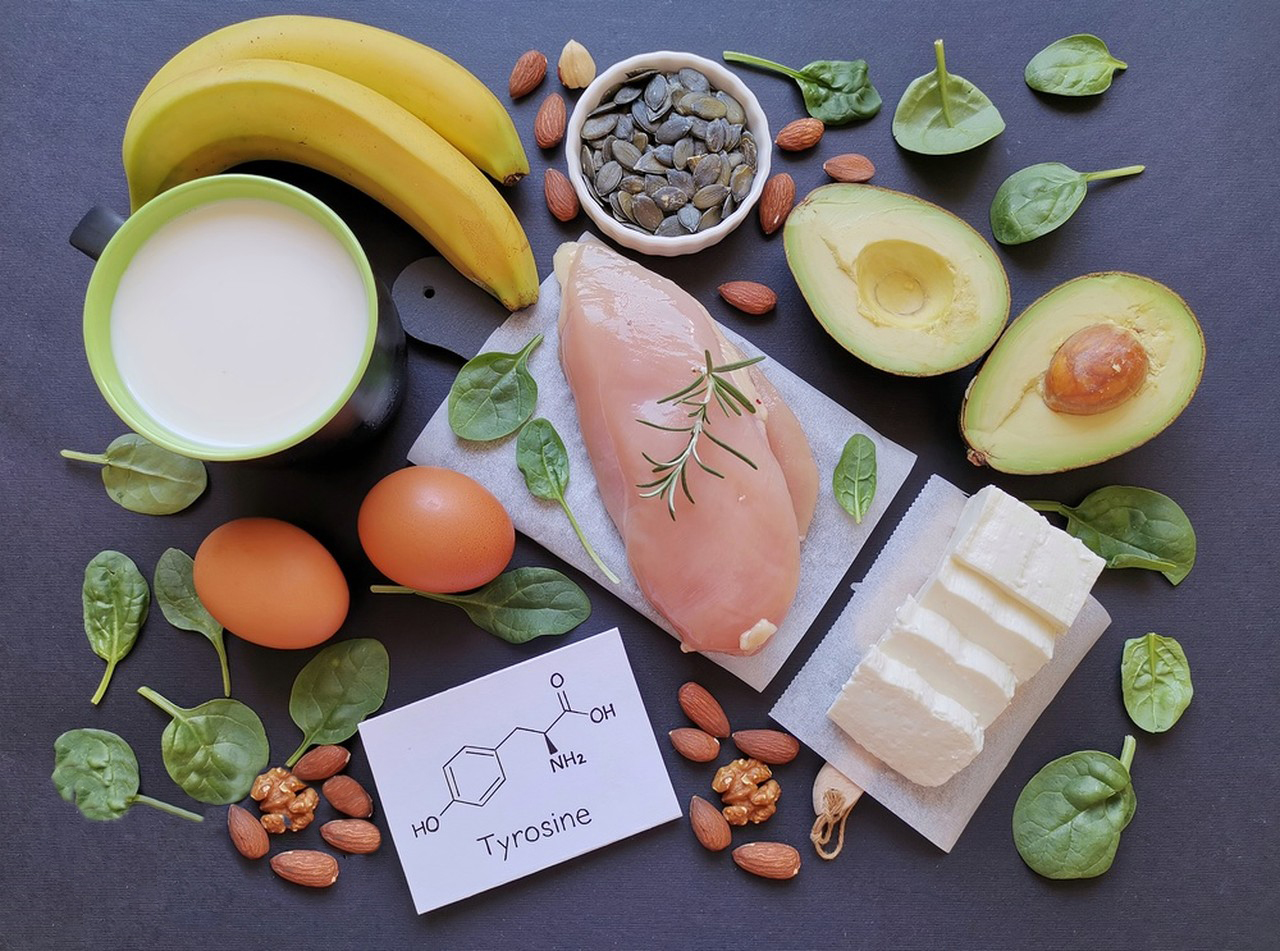Tyrosine is an amino acid that plays a crucial role in the synthesis of proteins. It is also a precursor for several important neurotransmitters, including dopamine, norepinephrine, and epinephrine. Tyrosine is obtained through the diet or synthesized within the body from another amino acid, phenylalanine.
Here are the materials and methods involved in the study or utilization of tyrosine:
Materials of Tyrosine:
1.Tyrosine Source:
Commercially available tyrosine or tyrosine-rich food sources (such as dairy products, meat, fish, nuts, seeds, and certain fruits and vegetables).
2.Laboratory Materials:
Chemicals and reagents for experimental procedures (e.g., chromatography columns, solvents, buffers).
Analytical tools for quantification (e.g., spectrophotometer, high-performance liquid chromatography (HPLC), mass spectrometer).
3.Cell or Tissue Samples:
Depending on the study, researchers may use cell cultures, tissues, or animal models to investigate the effects of tyrosine.

Methods of Tyrosine:
1.Tyrosine Extraction:
If studying tyrosine content in biological samples, extraction methods may be employed to isolate tyrosine from the matrix.
2.Quantification:
Tyrosine levels can be quantified using various techniques such as HPLC, mass spectrometry, or enzyme-linked immunosorbent assay (ELISA).
3.Protein Synthesis Studies:
Investigating the incorporation of tyrosine into proteins involves studying protein synthesis using techniques like autoradiography or isotopic labeling.
4.Neurotransmitter Synthesis Studies:
For understanding the role of tyrosine in neurotransmitter synthesis, researchers may use techniques like positron emission tomography (PET) or analyze neurotransmitter levels in different brain regions.
5.Dietary Interventions:
Studies on the effects of dietary tyrosine may involve controlled diets, supplementation, or feeding trials to observe changes in tyrosine levels and associated physiological effects.
6.Cell Culture Studies:
In vitro studies using cell cultures may involve exposing cells to tyrosine-rich media or tyrosine supplementation to observe cellular responses.

7.Animal Models:
In vivo studies may use animal models to investigate the effects of tyrosine on various physiological processes, behavior, or neurotransmitter levels.
8.Clinical Studies:
Human clinical trials may be conducted to assess the impact of tyrosine supplementation on health, cognition, or specific medical conditions.
9.Statistical Analysis:
Data collected from experiments are analyzed using statistical methods to draw meaningful conclusions.
It’s important to note that the specific materials and methods used can vary based on the goals of the study, whether it’s focused on biochemical pathways, neurobiology, nutrition, or clinical applications.
